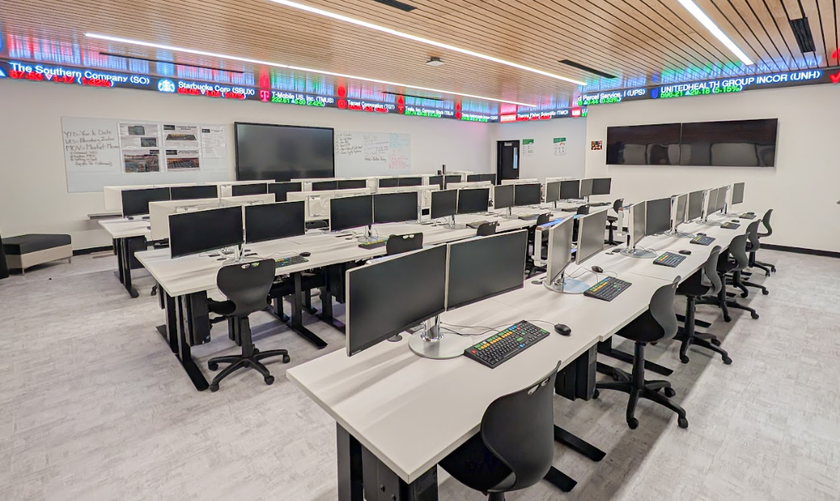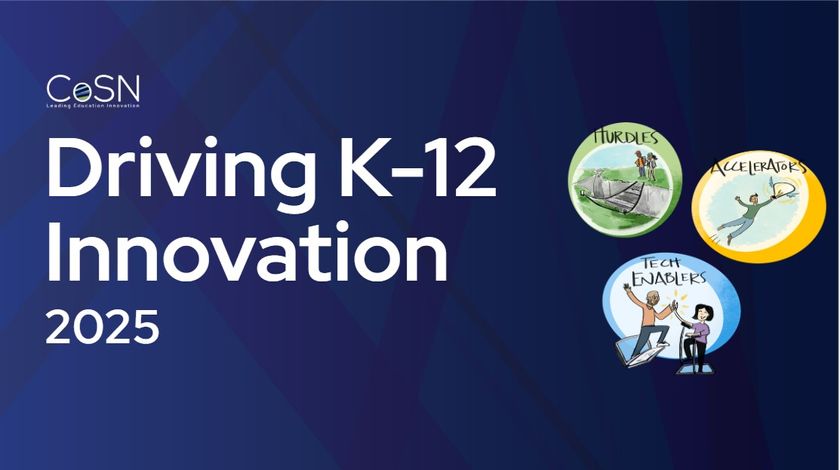Encouraging girls to do computing: an economics approach
Discussions about getting more girls to do computing tend to focus on strategies like providing role models or some form of positive discrimination. Unfortunately, providing role models is not always easy, and I disagree with positive discrimination on principle. So what's the alternative?
Borrowing from the economists' textbook, I suggest that a useful approach is to consider the problem as one of barriers to entry, cost-benefit analysis and imperfect knowledge.
Barriers to entry
Barriers to entry are obstacles that make it difficult to enter a given industry or market, such as the initial amount of investment capital required. In the context of girls and computing, we could be talking about any of the following:
The perception that it's not a girl's subject, whatever THAT means.
The perception that boys will hog all the teacher's attention
The perception that the boys will regard the girls as stupid
The perception that computing is boring
The perception that computer studies have no relation to real life
The perception that only a narrow range of occupations involve computing
The perception that computing is a man's world...
... and that the men drink beer, eat pizza and, like Queen Elizabeth 1st, have a bath twice a year whether they need it or not
All of this is obvious once stated in black and white, but what you really need to do is find out what the girls in your school think about computing, and what their perceptions and misconceptions are. Then you can identify the "barriers to entry" and set about addressing them, with the aim of removing, or ast least lowering, them.
Once barriers to entry start to be addressed, the other issues mentioned -- cost-benefit analysis and imperfect knowledge -- will become much easier to deal with.
Cost-benefit analysis
Cost-benefit analysis involves weighing up the costs and benefits of a proposed project to decide if it is worth going ahead with. The key thing to bear in mind is that although economists assign actual values to the costs and benefits, when it comes to students they assign, in effect, values according to their perceptions rather than objective fact.
Tech & Learning Newsletter
Tools and ideas to transform education. Sign up below.
For example, if a student thinks she will need to invest a lot of time and effort into achieving a decent grade in the subject, but that the job or university prospects at the end of the journey have low value, then to decide against studying computing is a pretty rational decision. To change her mind you must do one or both of the following:
Show that the amount of time and effort needed is not as great as she might think.
Show that the job and university prospects are much higher than she might suppose.
Imperfect knowledge
In traditional economic theory, it is assumed that people have perfect knowledge. In real life, of course, we don't -- despite the existence of search engines!
In the context of encouraging girls to study computing, imperfect knowledge may be affecting their decision to opt for something else.
Again, it's worth carrying out a survey to find out what they don't know. The list might include, say:
What is actually studied in the course?
What was the pass rate last year?
How many jobs involve computing?
How many women are employed in high-level computing jobs?
How many female CEOs of tech companies are there?
What sort of jobs did female computer science graduates get last year?
And so on.
Conclusion
I think the economics approach to the issue of girls and computing makes it easier to think about it systematically. Economists are fairly useless when it comes to making predictions about the state of the economy, but that doesn't mean we should simply throw away their entire toolbox!
cross-posted at www.ictineducation.org
Terry Freedman is an independent educational ICT consultant with over 35 years of experience in education. He publishes the ICT in Education website and the newsletter “Digital Education."












